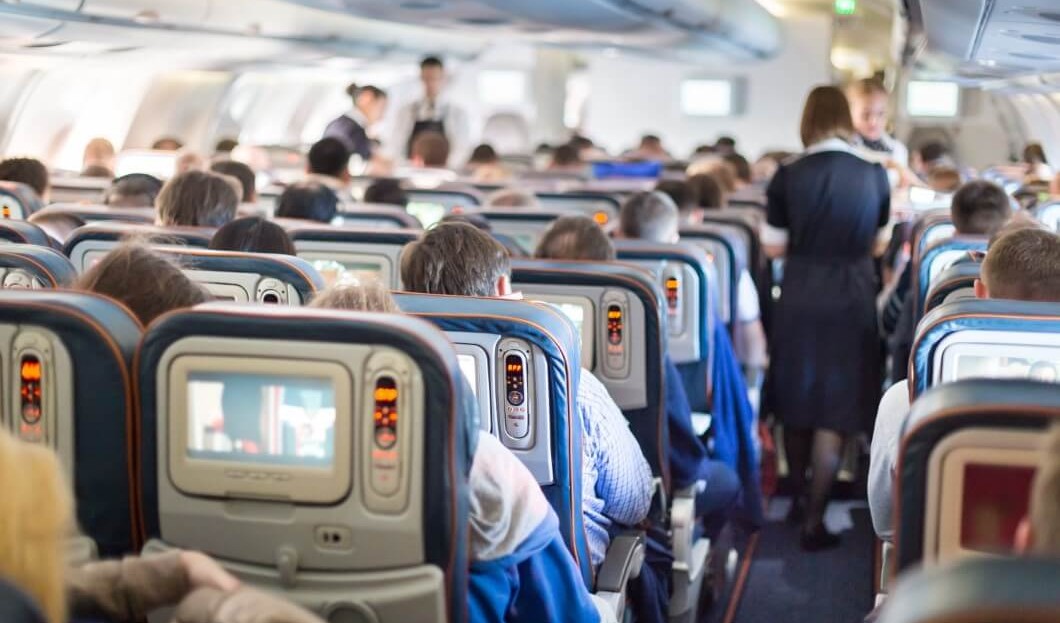The German Association of Airports (ADV) has published statistics with the expressive title “Where is Germany flying?” ADV CEO Ralph Beisel summarizes the results briefly: “Air travel contributes greatly to the development of international traffic in our country. Traveler demand is focused on destinations over 400 kilometers long. German airports are hubs – gateways to the big world. And for short distances, German travelers rely on a dense network of railways. ”
What are the actual routes for air traffic?
Many disputes over air travel boil down to short-haul flights. It is all the more important to know which routes are actually in demand by travelers and how air travel, with its connectivity, makes an irreplaceable contribution to both business and leisure travelers. In assessing the facts about the route network, the airport association ADV identified the most popular destinations for Germans from 2011 to 2019.
The analysis describes four market directions:
Development of domestic air traffic in Germany, short-haul flights up to 1500 km, European traffic, intercontinental flights.
Minus 5.7% decrease in domestic air travel in Germany
Munich, Berlin, Hamburg, Frankfurt and Düsseldorf are among the top five destinations in Germany. 3 out of 4 domestic German passengers fly to one of these 5 main destinations. Overall, domestic air travel in Germany is by far the smallest segment in the overall air travel system. Improved intermodal services and close cooperation between rail and air are driving the development of this mode of transport.
Two thirds of all passengers fly up to 1,500 kilometers
Mallorca, London, Vienna, Zurich and Amsterdam are the 5 main routes from Germany’s airports. On routes from 400 to 1,500 kilometers, the number of travelers increased by 23.3 percent. At the same time, the number of passengers traveling less than 400 kilometers decreased by -3.7 percent. In 2011, 128.8 million passengers took off or landed at German airports less than 1,500 kilometers away. In 2019, this figure was 153.1 million passengers.
Europe first – Majorca first among all
Demand for European destinations is the largest segment of the German airport market, accounting for almost two thirds (63.7%) of total passenger traffic. From 2011 to 2019, demand for European destinations increased by +36.2 percent. European air travel is a lubricant for the country’s economic and socio-cultural interconnectedness. EU enlargement, ethnic transport to Eastern and Southern Europe, labor migration and continued high tourist demand are the main factors behind the high demand for European travel by travelers.
Growing demand for intercontinental air travel
Long distance travel is the world’s economic hubs and long distance travel destinations. The ten most popular intercontinental destinations include Hurghada and Tel Aviv, as well as the Asian metropolitan areas of Dubai, Singapore and Beijing, as well as the North American cities of New York, Toronto and Chicago. From 2011 to 2019, intercontinental passenger traffic at German airports increased by 26.5%, or more than 9.2 million passengers.

